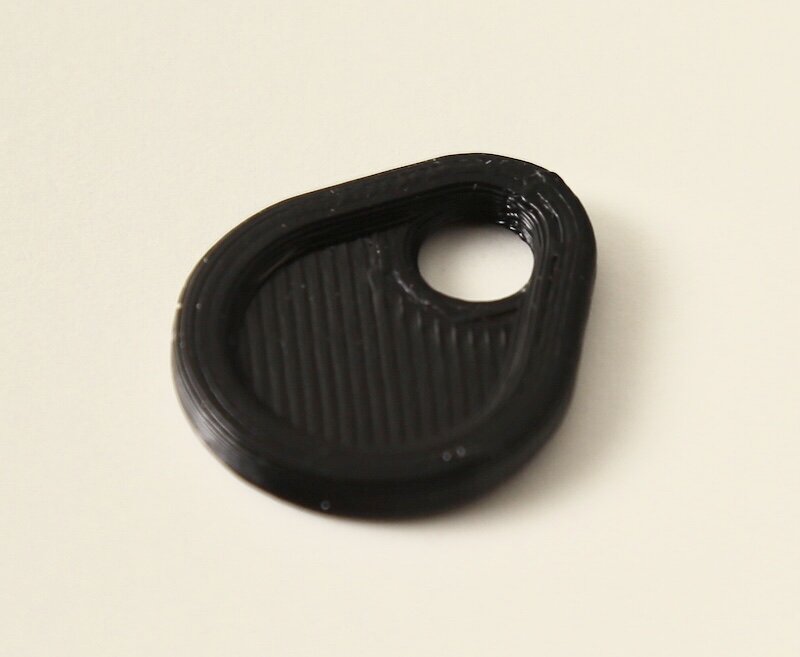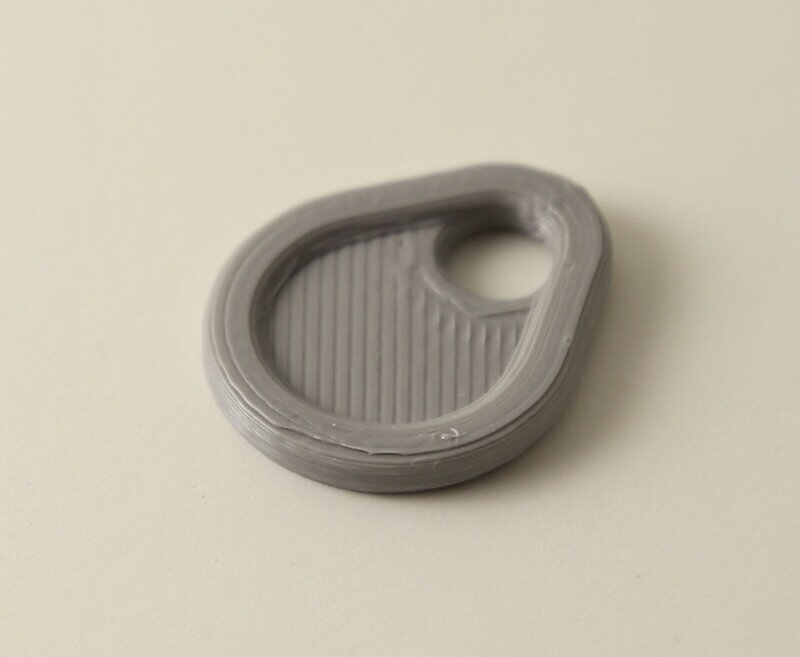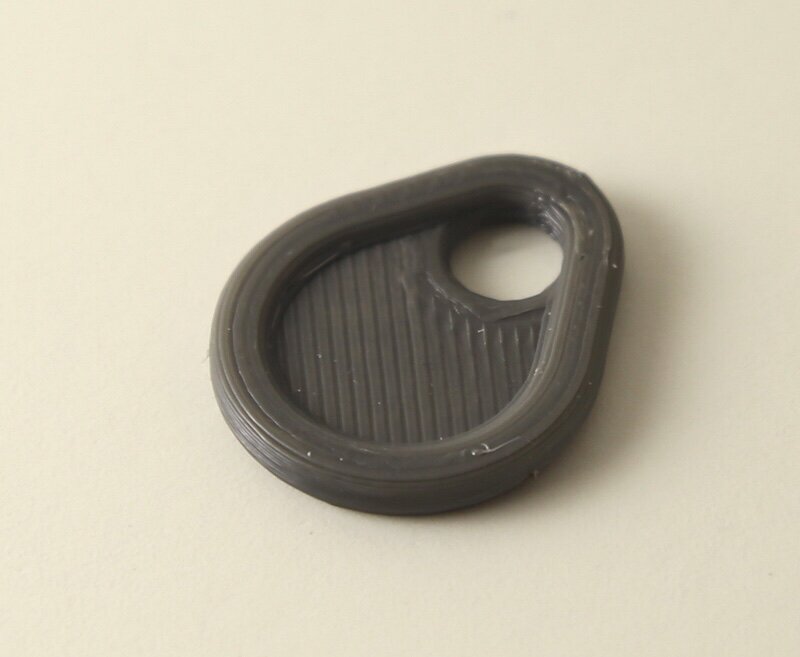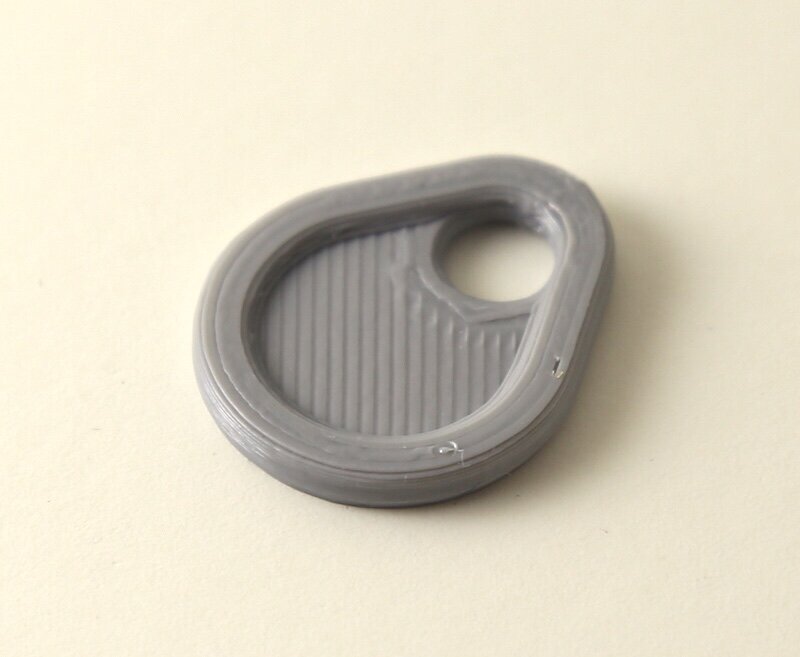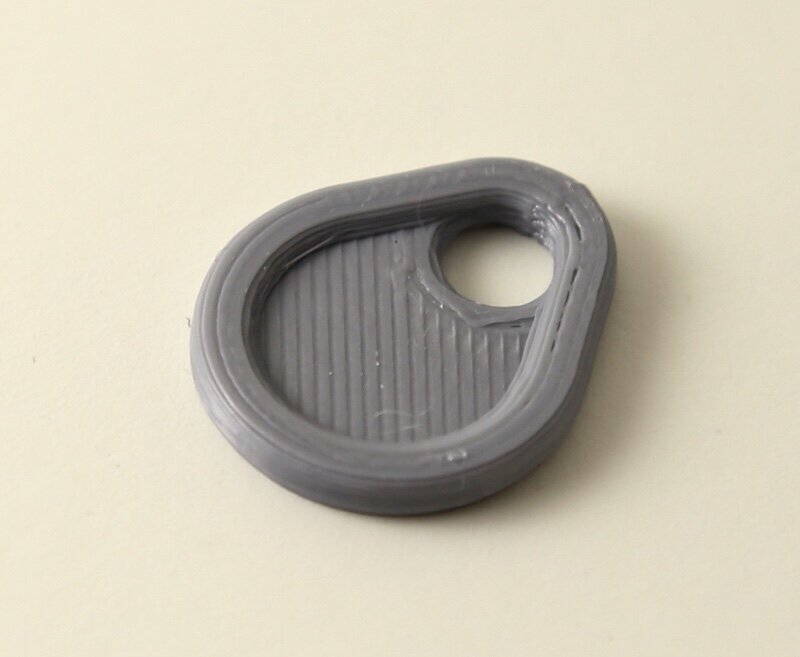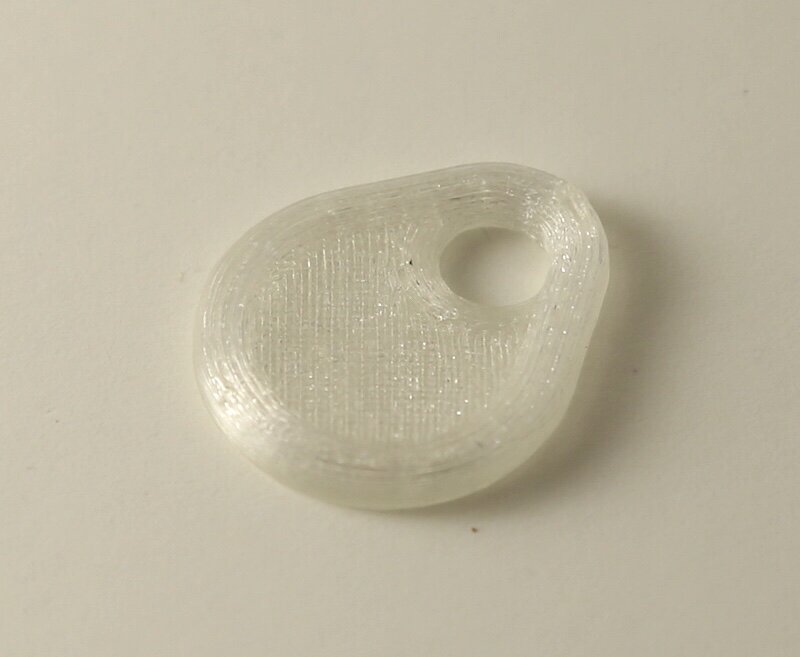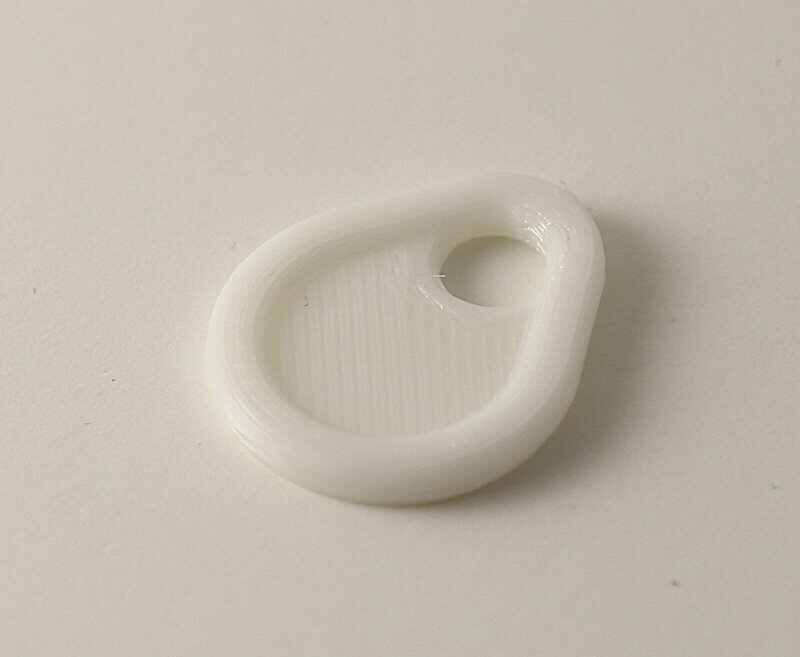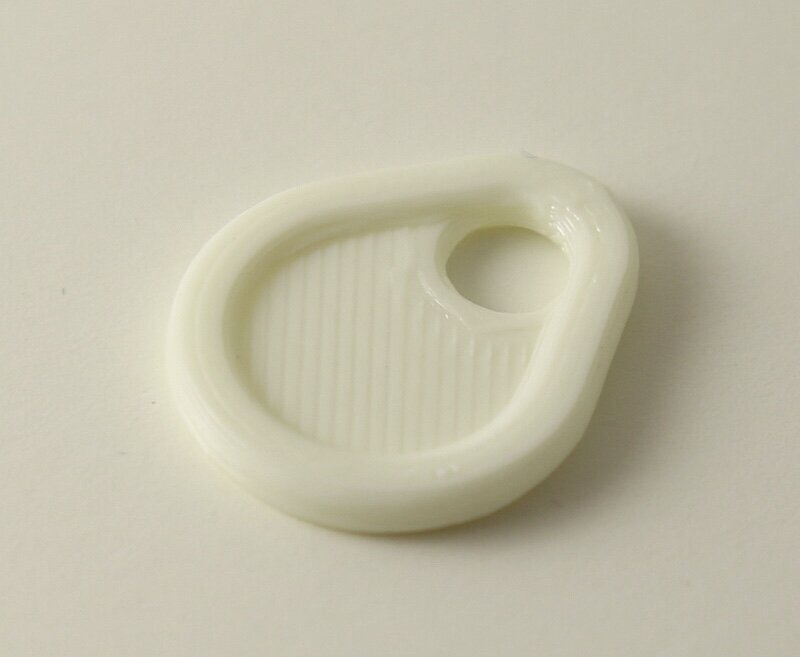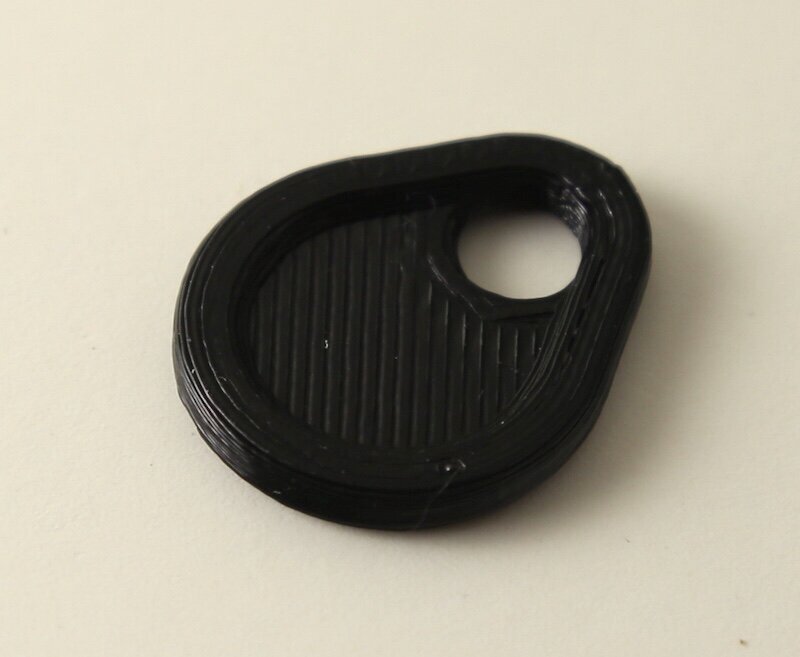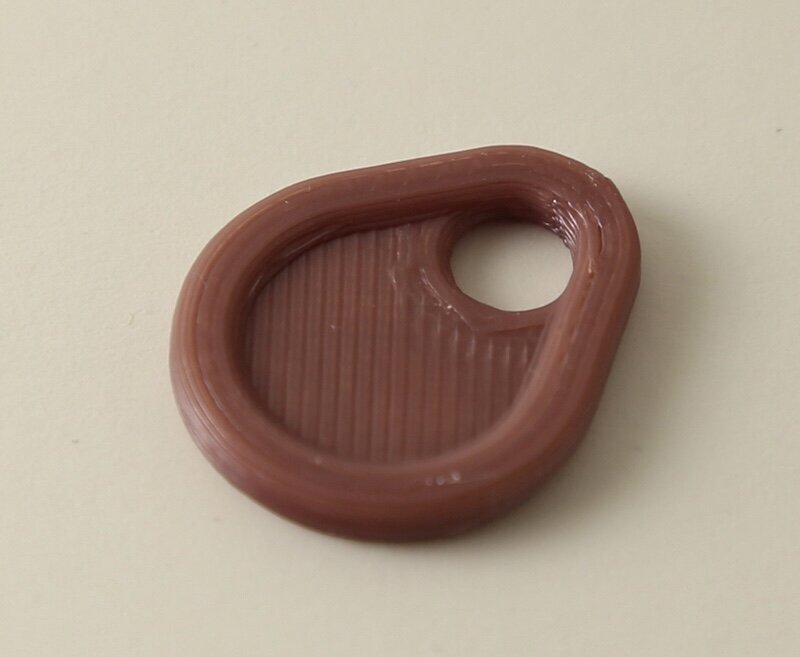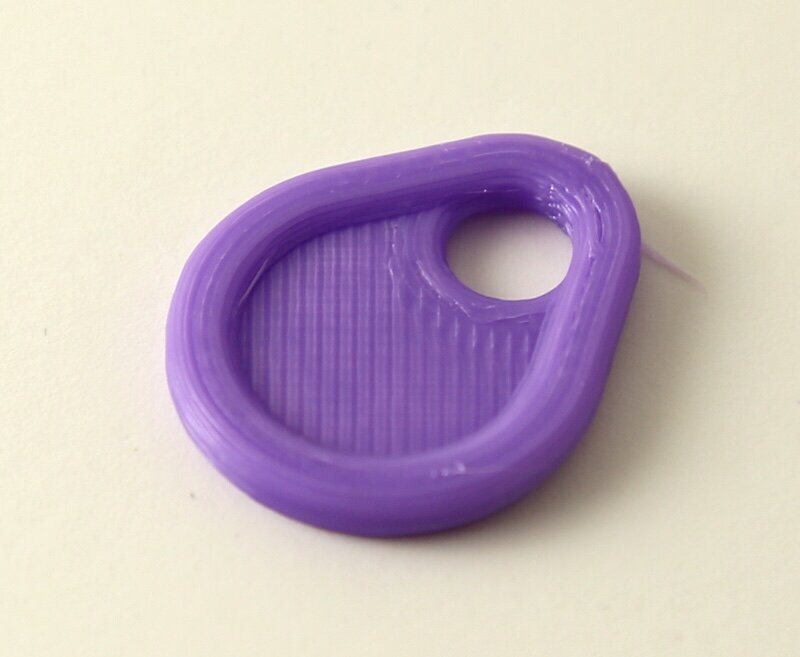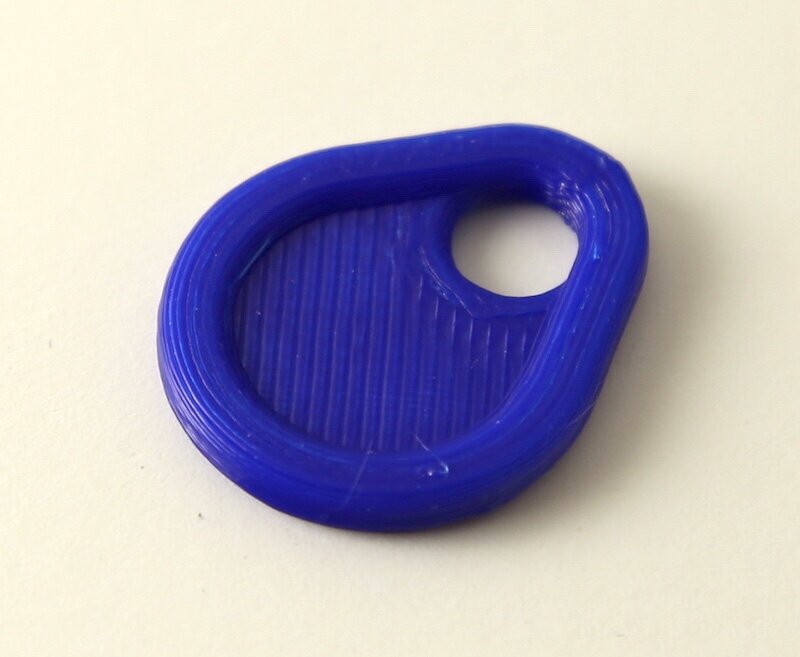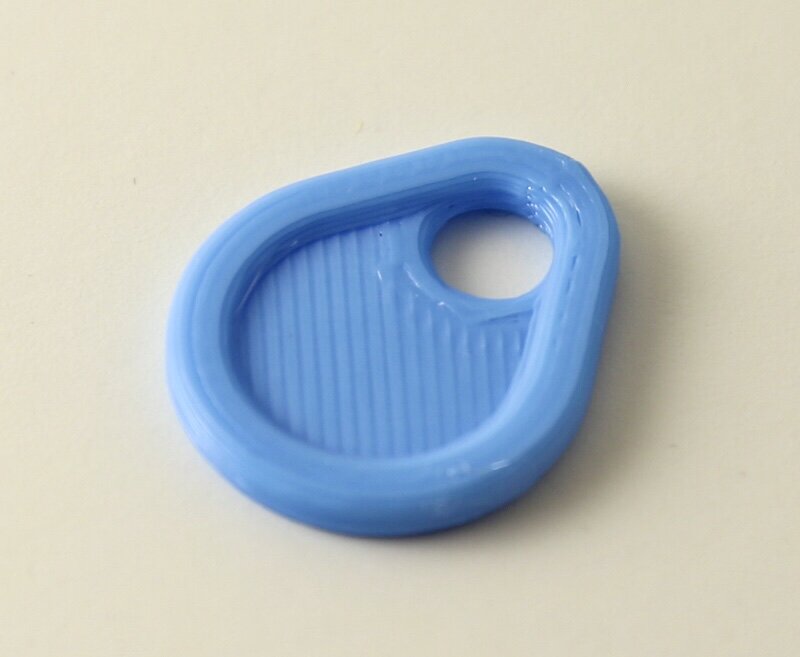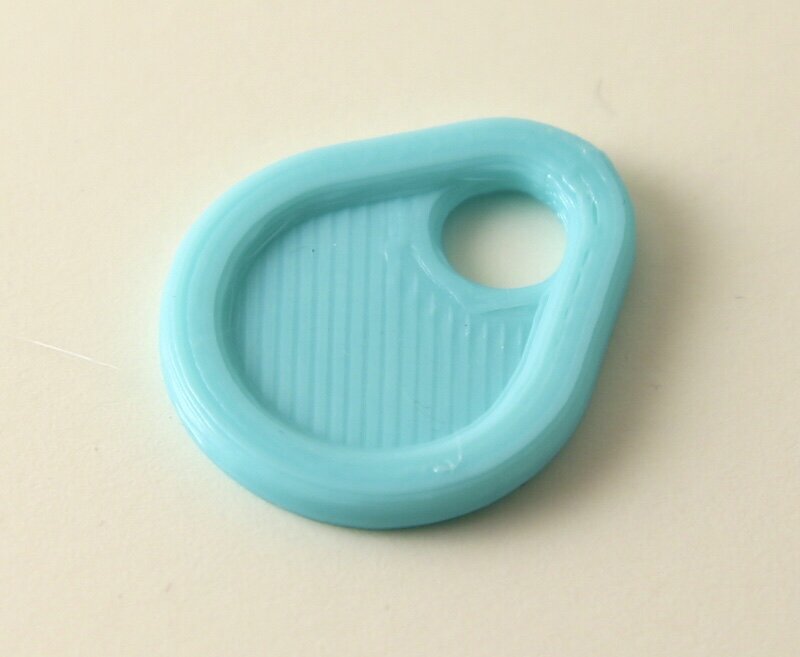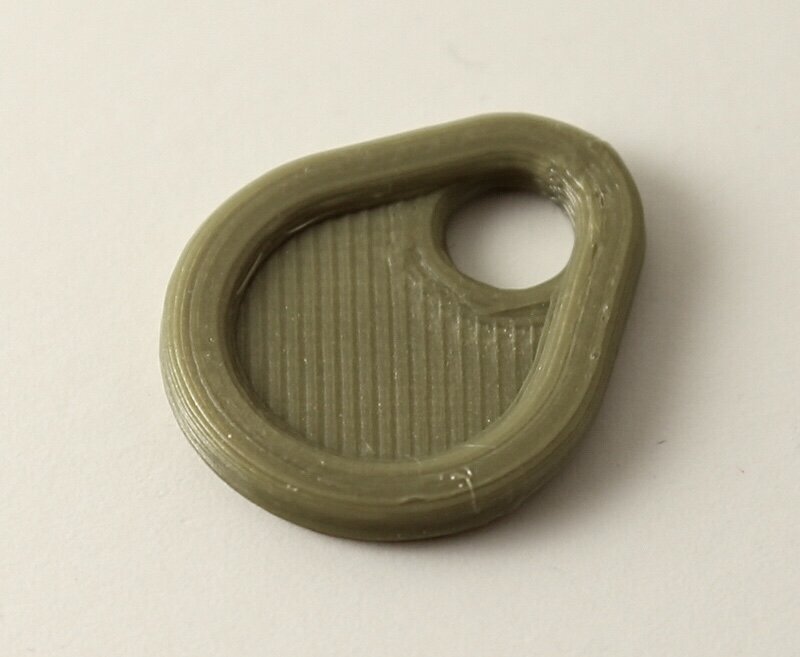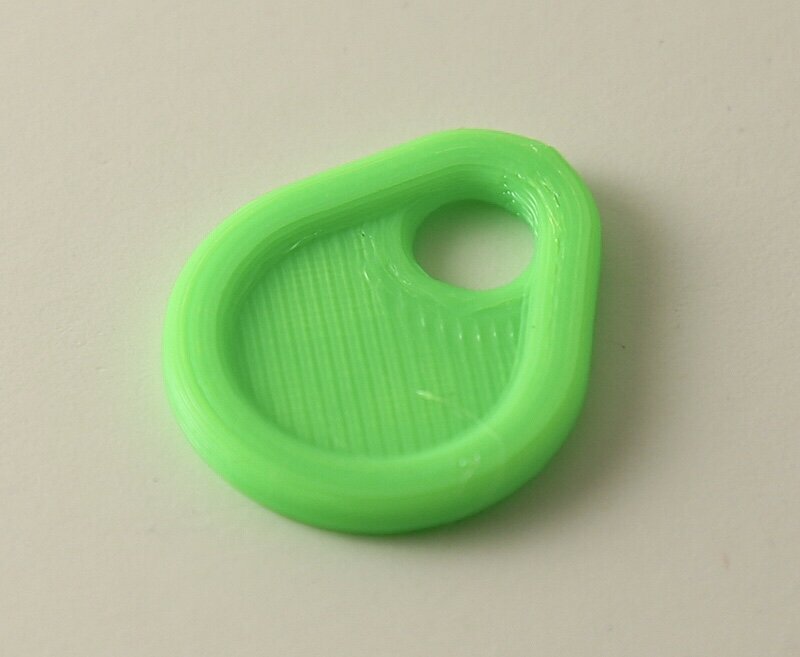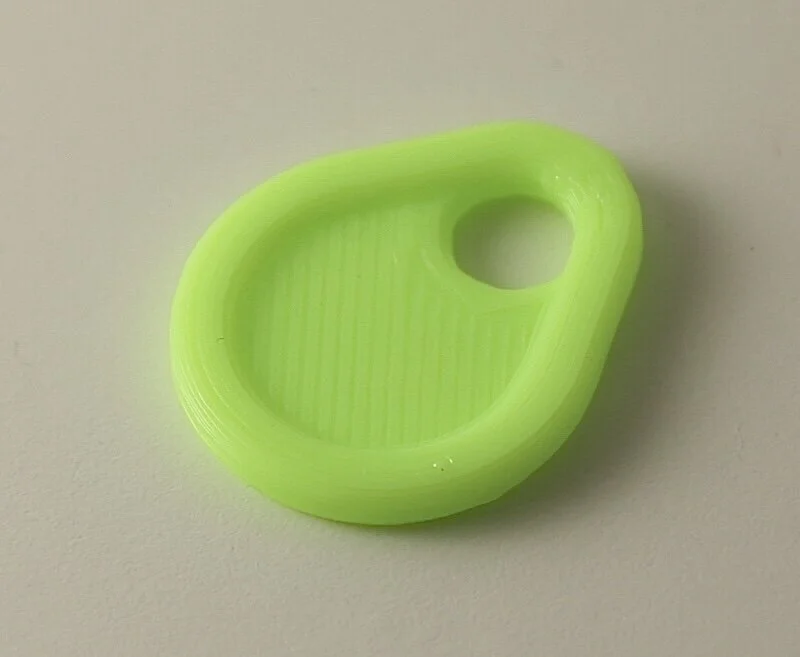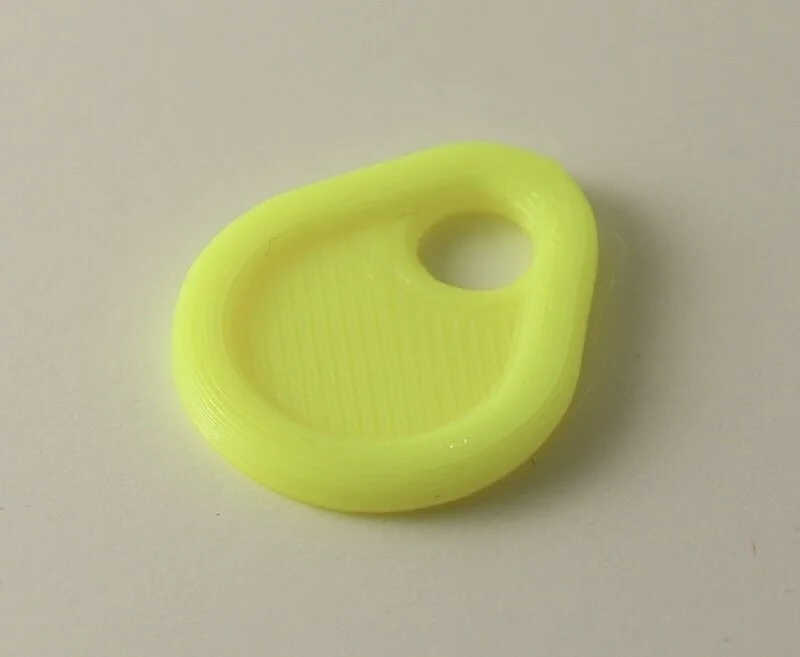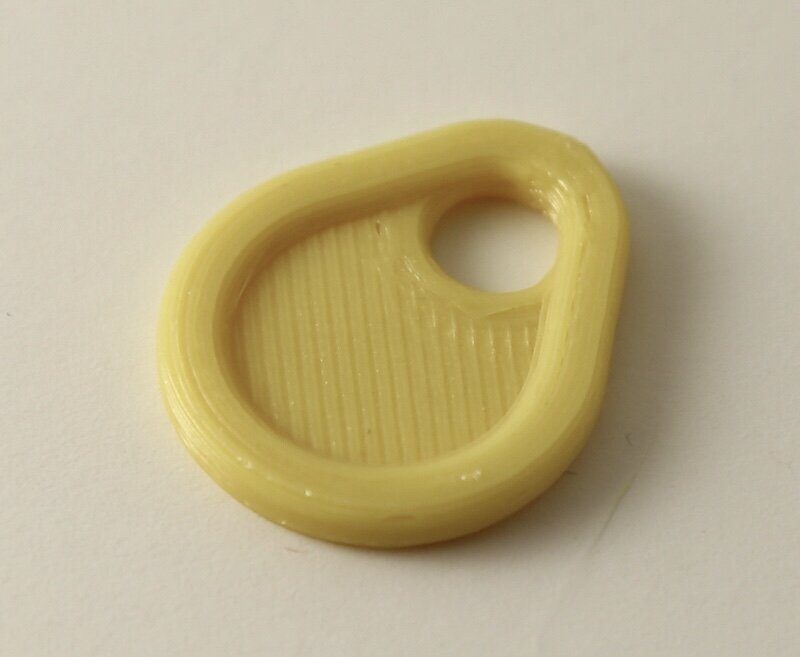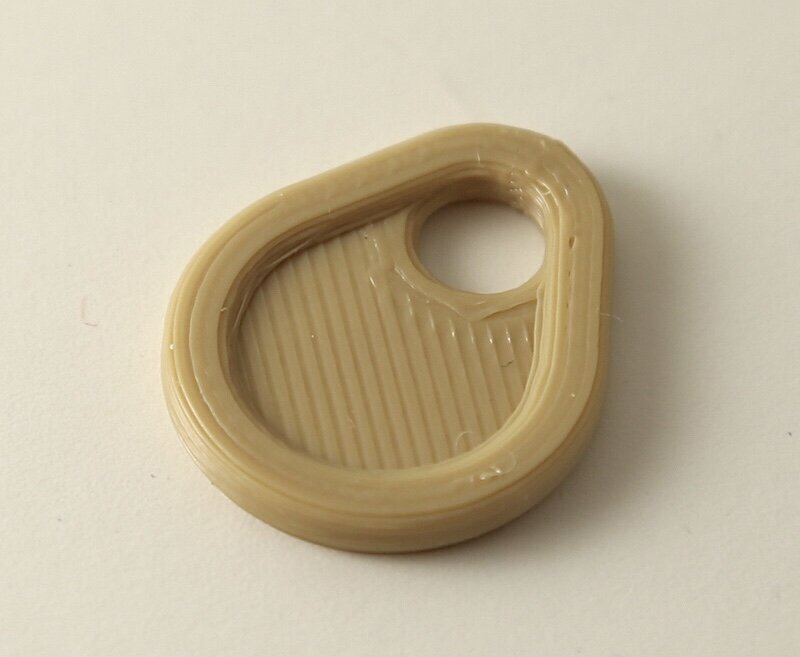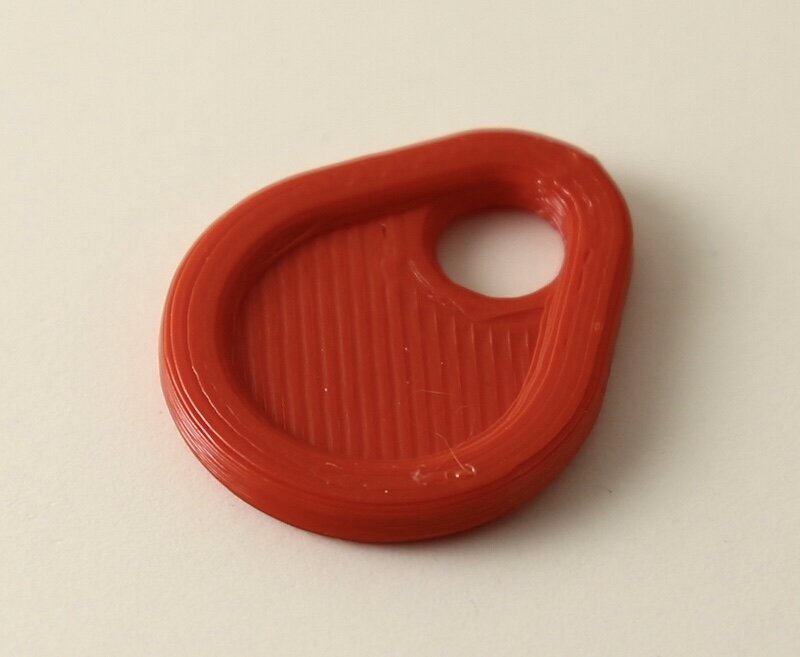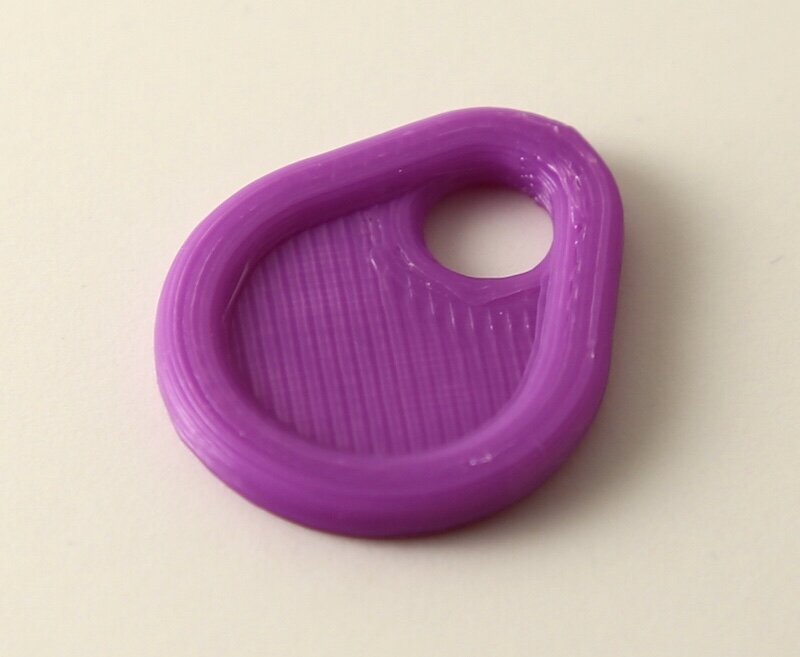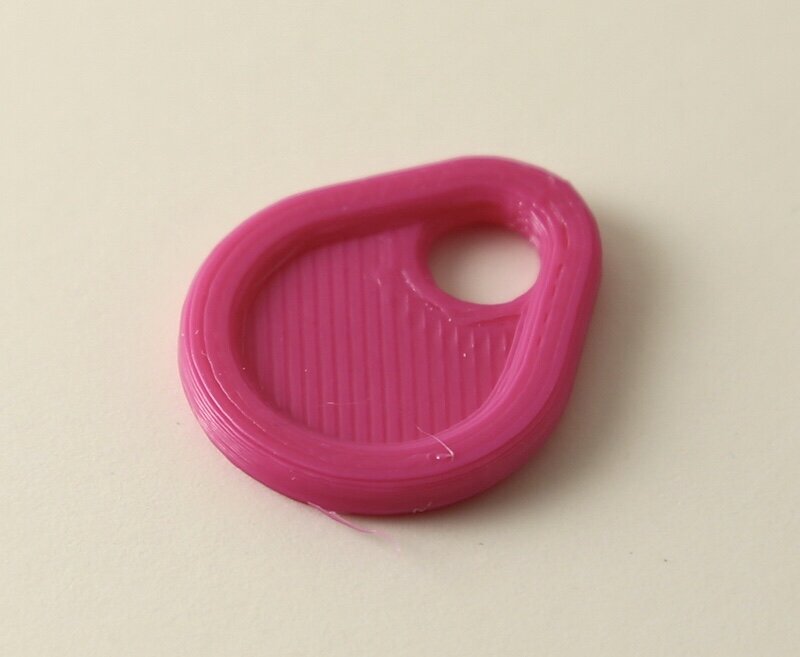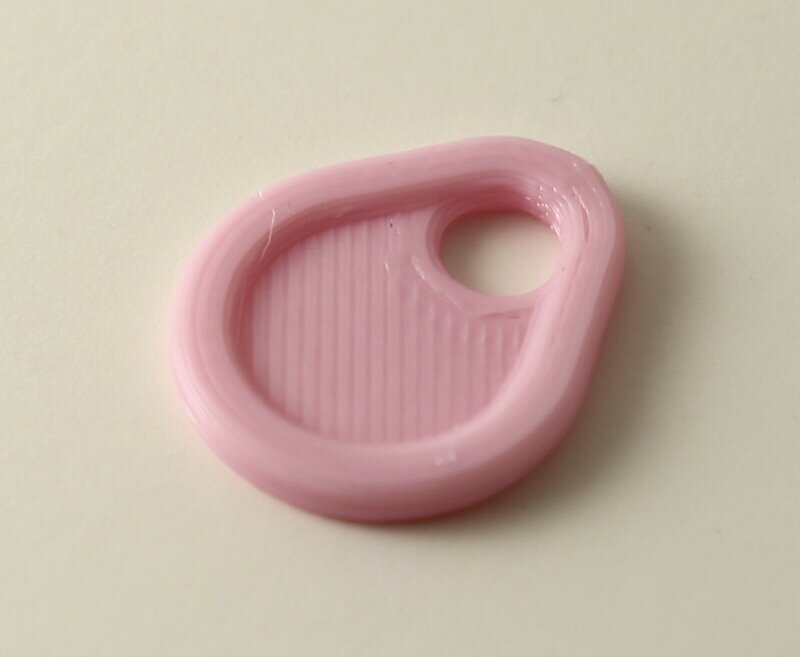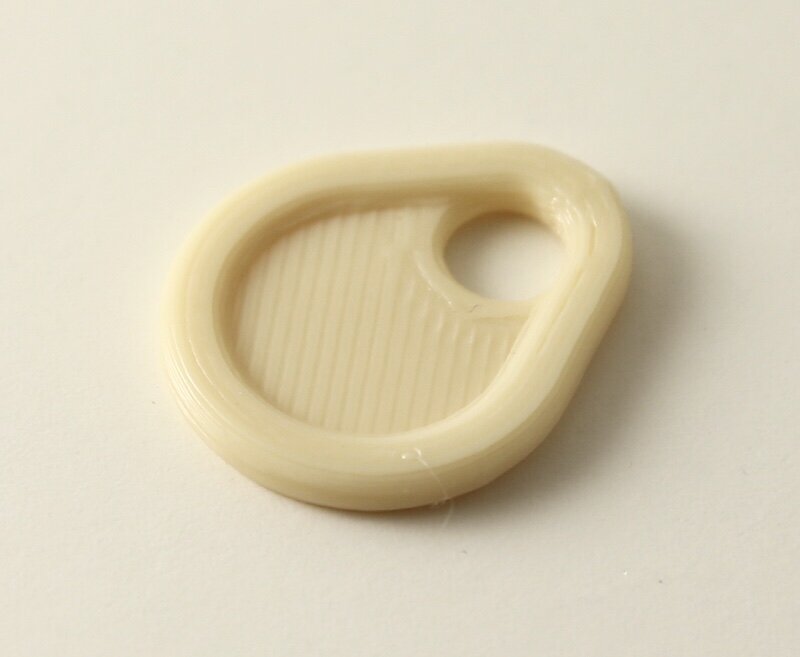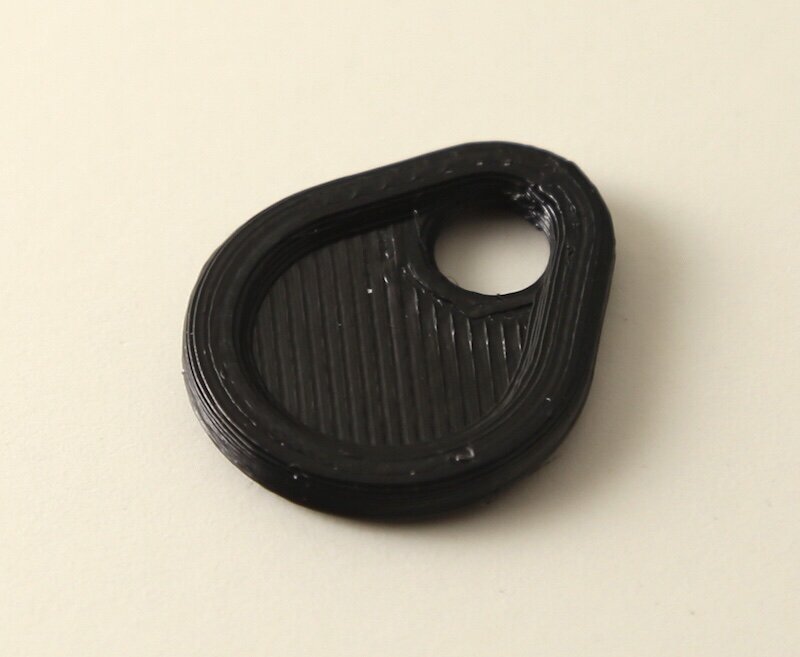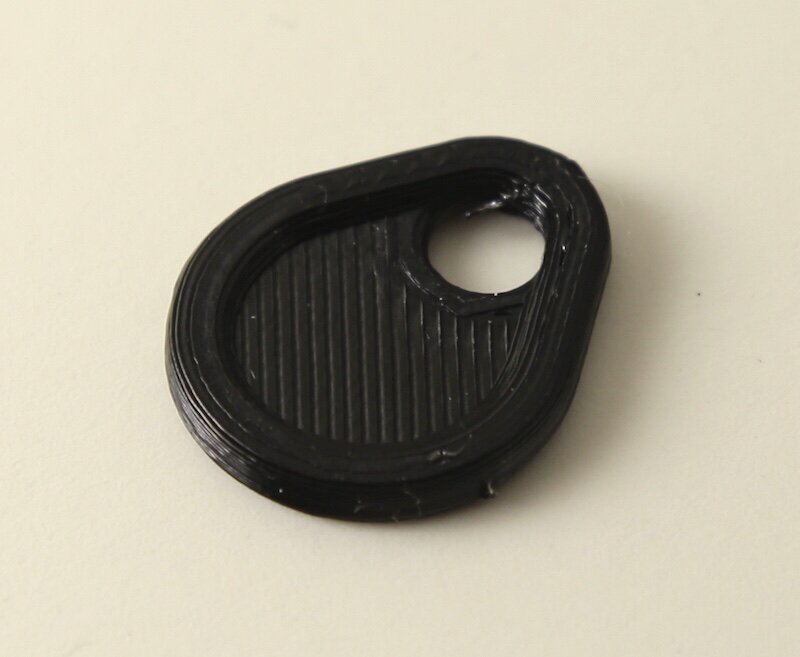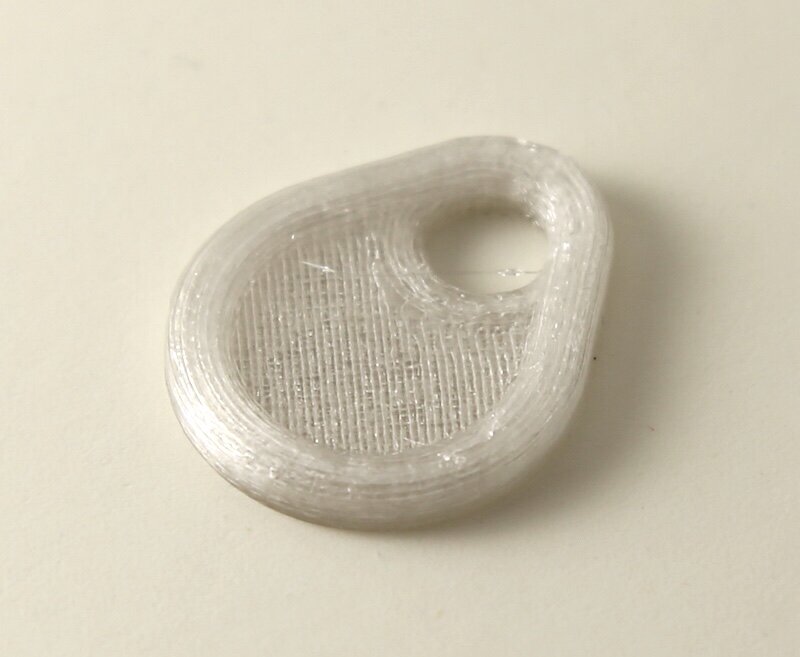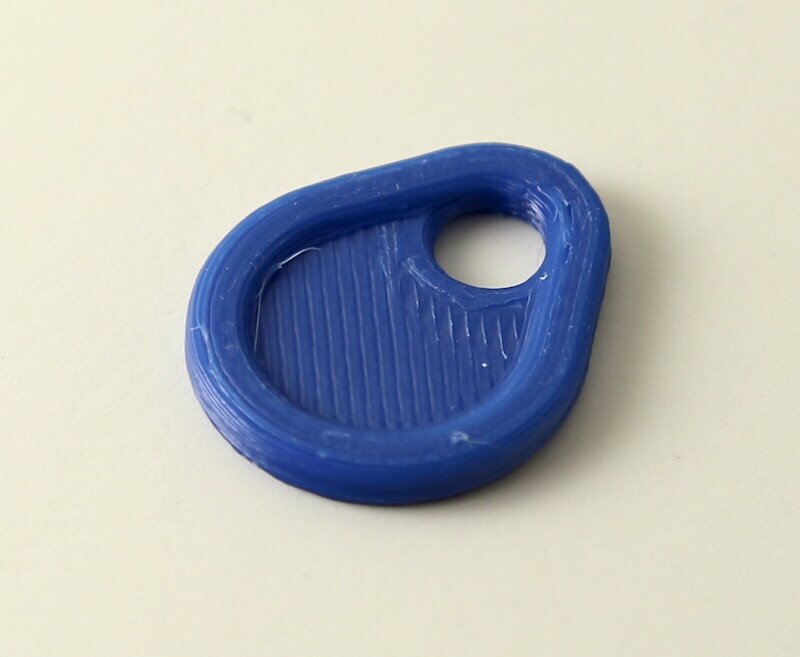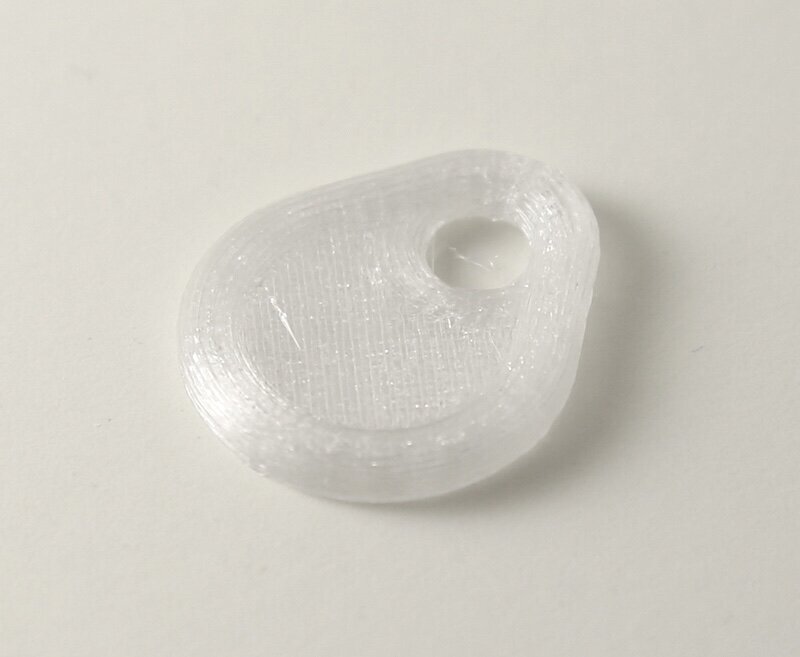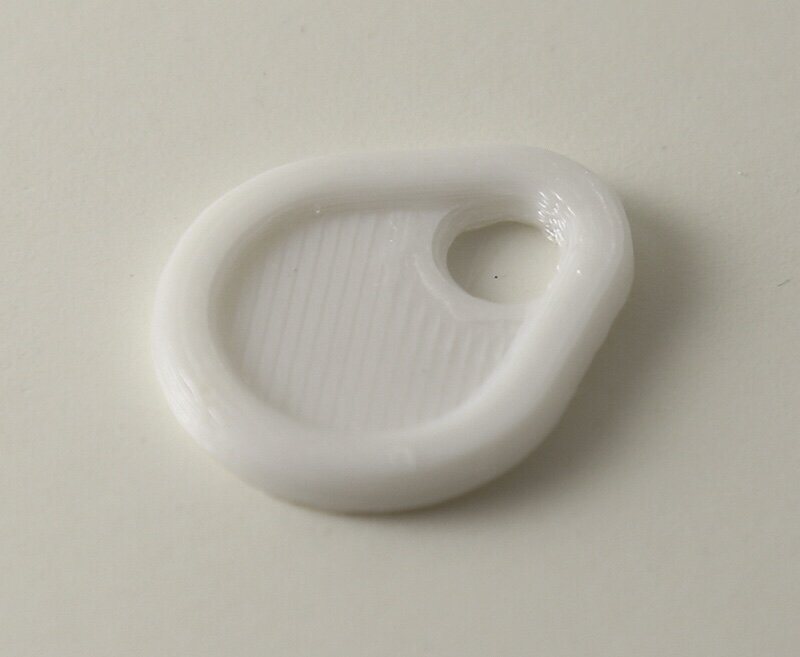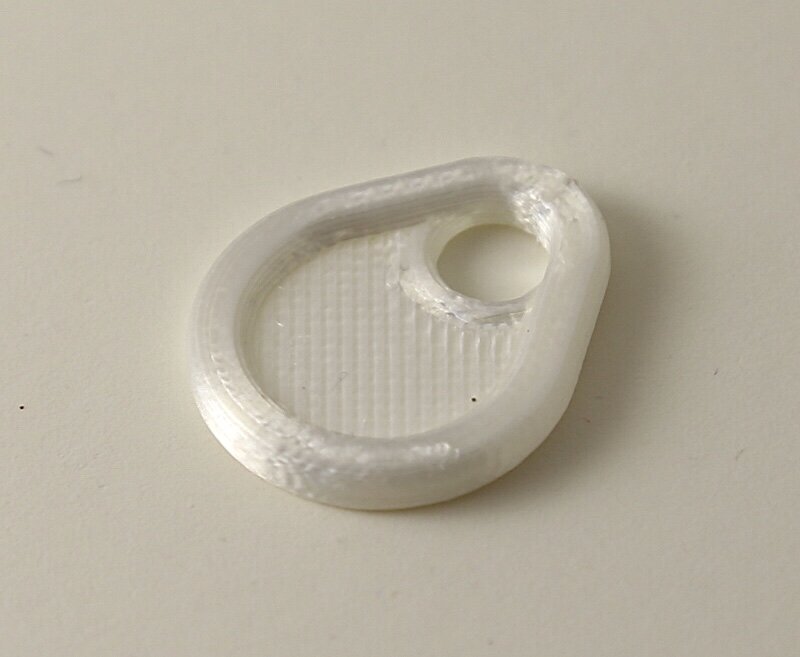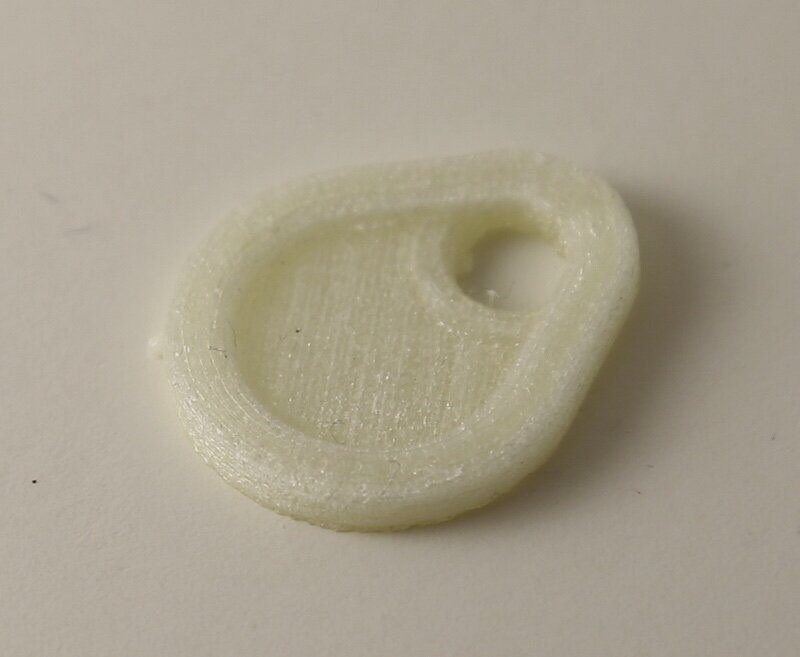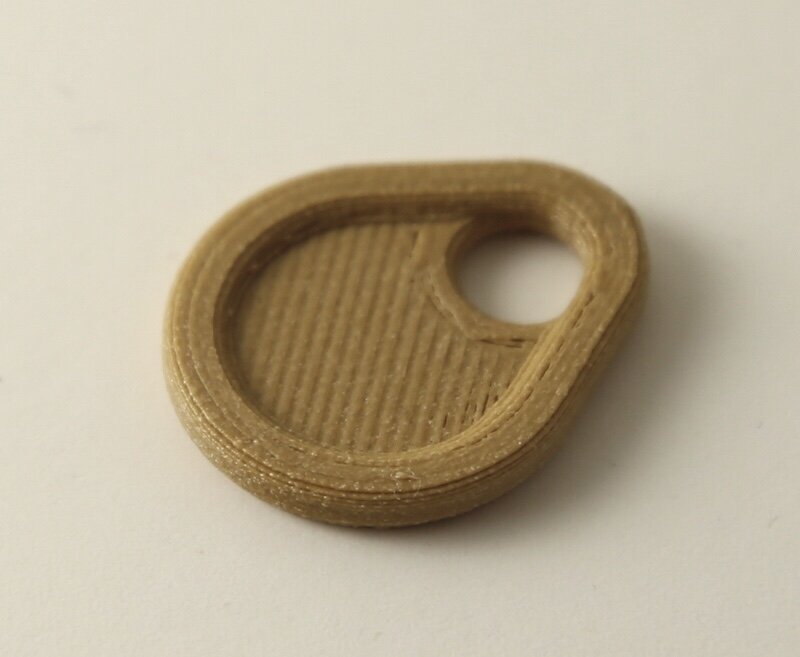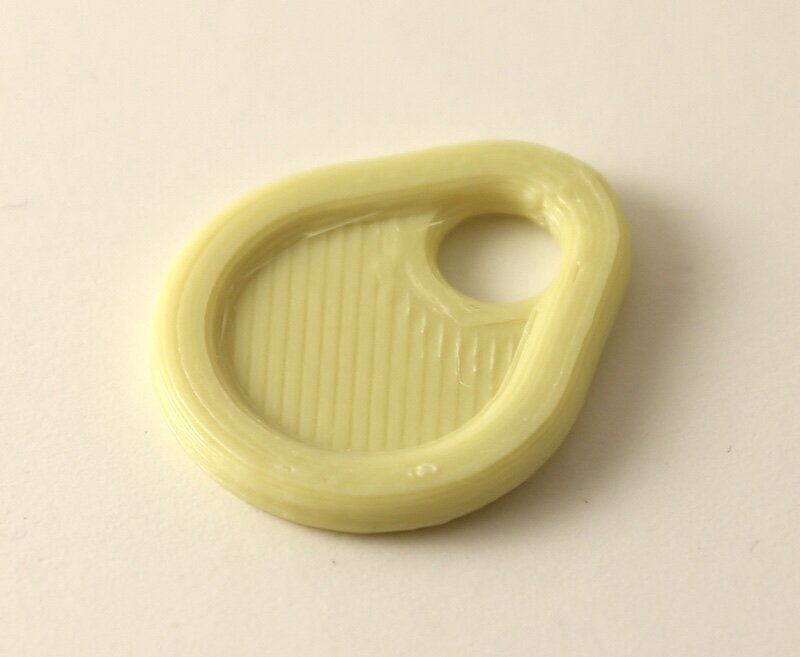PLA
Scientifically referred to as Polylactic Acid, PLA is our most widely used and default filament. Unlike other materials which are petroleum-based, PLA is a thermoplastic semi-crystalline polymer made from renewable resources like corn starch and sugarcane, which makes it a bioplastic. As such, PLA is also biodegradable under the correct conditions. Additionally, when compared to traditional plastics, PLA maintains good mechanical properties such as Young’s Modulus (the ability to tolerate elongation under tension or compression), Tensile Strength (force needed to pull something), and Flexural Strength (stress needed to start plastic deformation).
Despite this, some major drawbacks include a Glass Transition temperature and Melting temperature lower than other themoplastics. As such, this makes it fairly unsuitable for high temperature applications and makes it more suitable for decorative objects with no mechanical constraints. PLA also degrades when exposed to the environment, even for a short amount of time. Additionally, PLA is often more brittle than other thermoplastics.
PET-G
Polyethylene Terephthalate (PET) is the most widely used material in the world, and this Glycol modified version is considered a highly favorable variation. The addition of glycol prevents the material from crystallizing and from becoming easily breakable, which makes it a very versatile filament with high impact resistance, warp resistance and weather and UV resistant properties. As a result, PETG is considered the bridge in terms of mechanical properties between PLA and ABS. PETG is the ideal material for projects that will be subjected to mechanical stress, those that need warp resistance and reduced shrinkage, or even a higher density. Additionally, PETG is 100% recyclable, which means it can be shaped and reshaped over and over without causing degradation to the material. Scrap material and misprints can be reprocessed into new prints. With this being said, expect the strength of parts to decrease after some time when they are left out in the environment.
Scientifically known as Acrylonitrile Butadiene Styrene, ABS is moderately superior to PLA when comparing material properties. Its high durability and capacity to withstand high temperatures makes ABS an excellent material to be used for projects that are subjected to mechanical stresses and need temperature resistance.
ABS
Flexibles
Thermoplastic Elastomers (TPE) are a broad class of copolymers and polymer mixtures that offer the ability of being flexible. Within this class is Thermoplastic Polyurethane (TPU) which is slightly more rigid than TPE and is also more durable and can better retain its elasticity in the cold. Another material within this class is Thermoplastic Copolyester (TPC) which offers higher resistance to chemical and UV exposure as well as heat, making it perfect for parts that bend or compress.
Polycarbonate is one of the strongest 3D printing filaments being used currently, featuring its extreme durability and resistance to both physical impact and heat, while still being moderately flexible allowing it to bend until it eventually deforms. PC is ideal for parts that need to retain their strength, toughness and shape in high temperature environments. Despite this, PC can be susceptible to moisture from the air.
PC
These materials are commonly used for the support structures in 3D prints.
Support
Used less for their function and more for their natural appearance, it is best to use this material when printing objects that will be displayed. Despite the aesthetic and tactile appeal, this comes at the cost of reduced flexibility and strength.
Wood
Scientifically known as Acrylonitrile Styrene Acrylate, ASA was developed to be a weather resistant material that is both strong and rigid and is great for prints that will be left outside.
ASA
A popular material for is toughness and flexibility, Nylon (PolyMide) is great for prints that must withstand significant mechanical stresses in functional prototypes and end of use parts.
PolyMide/Nylon
Scientifically referred to as High Impact Polystyrene, HIPS is a copolymer that combines the hardness of polystyrene and the elasticity of rubber. Stronger than both PLA and ABS, while being able to be glued, sanded and painted, HIPS is great for parts that need to stand up to wear and tear or for projects that require a finishing friendly material to achieve the end look.
Additionally, HIPS is great for support structures as once immersed in Limonene, the HIPS material will be stripped away leaving the final product behind. Due to the use of Limonene, this requires ABS to be the printing material, as other materials will be damaged by Limonene.
HIPS
These materials don’t fit within the other categories and are placed here. If you would like more information regarding a particular material found within this section, please send an inquiry email to xyzprototyping@gmail.com

